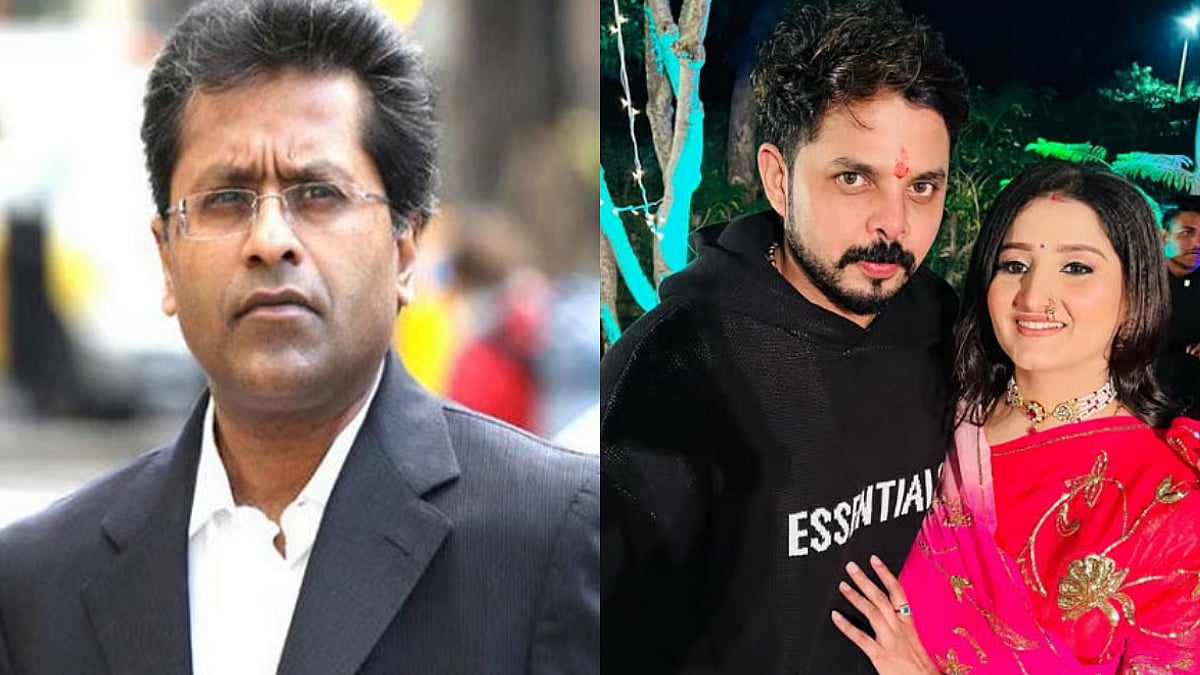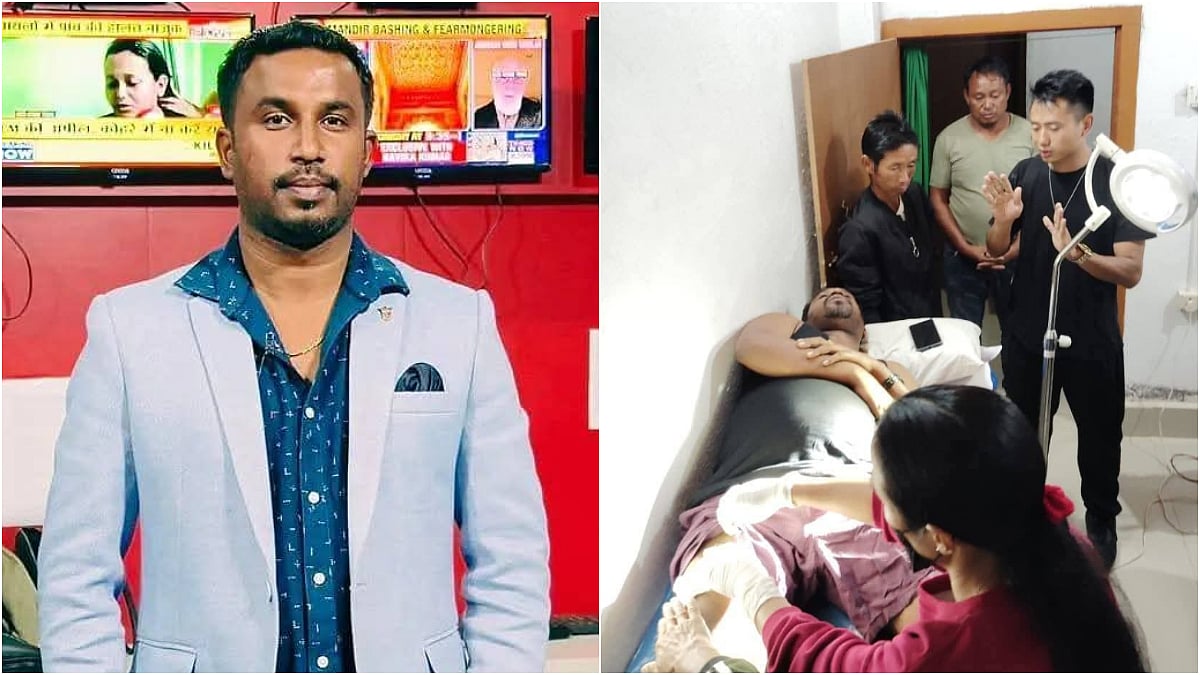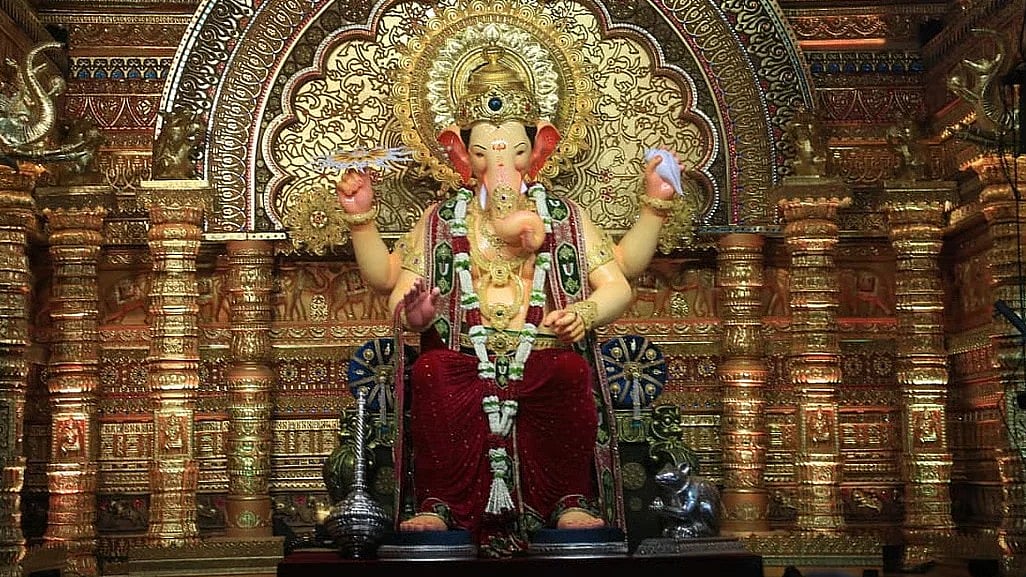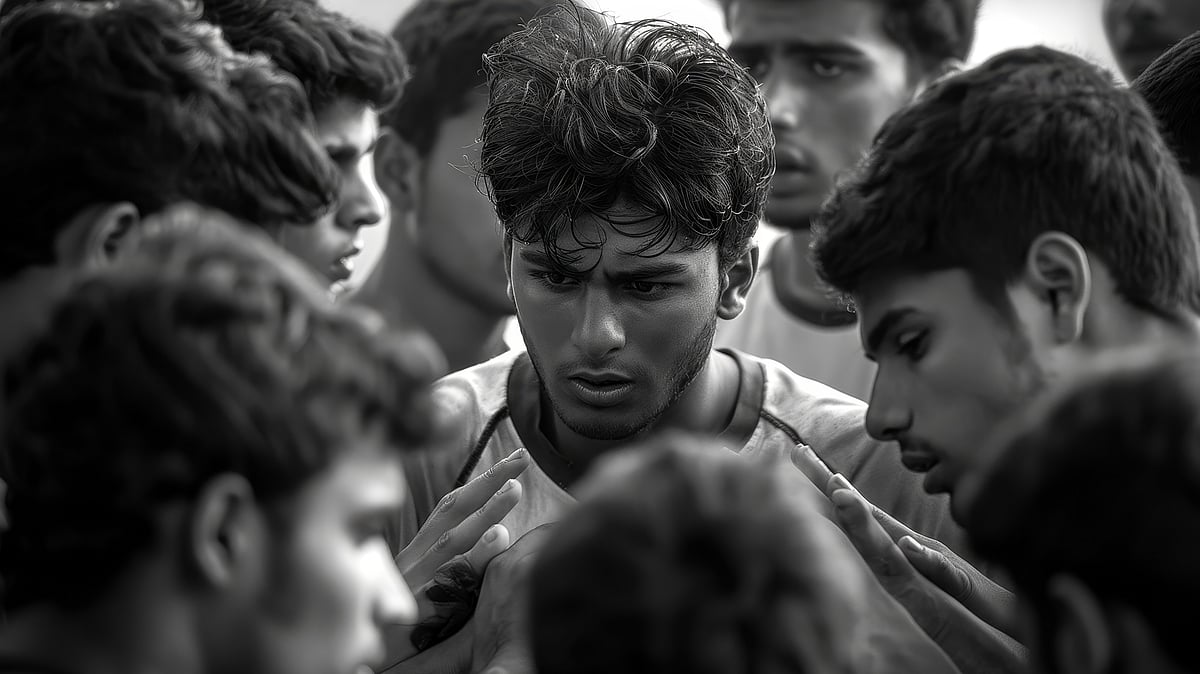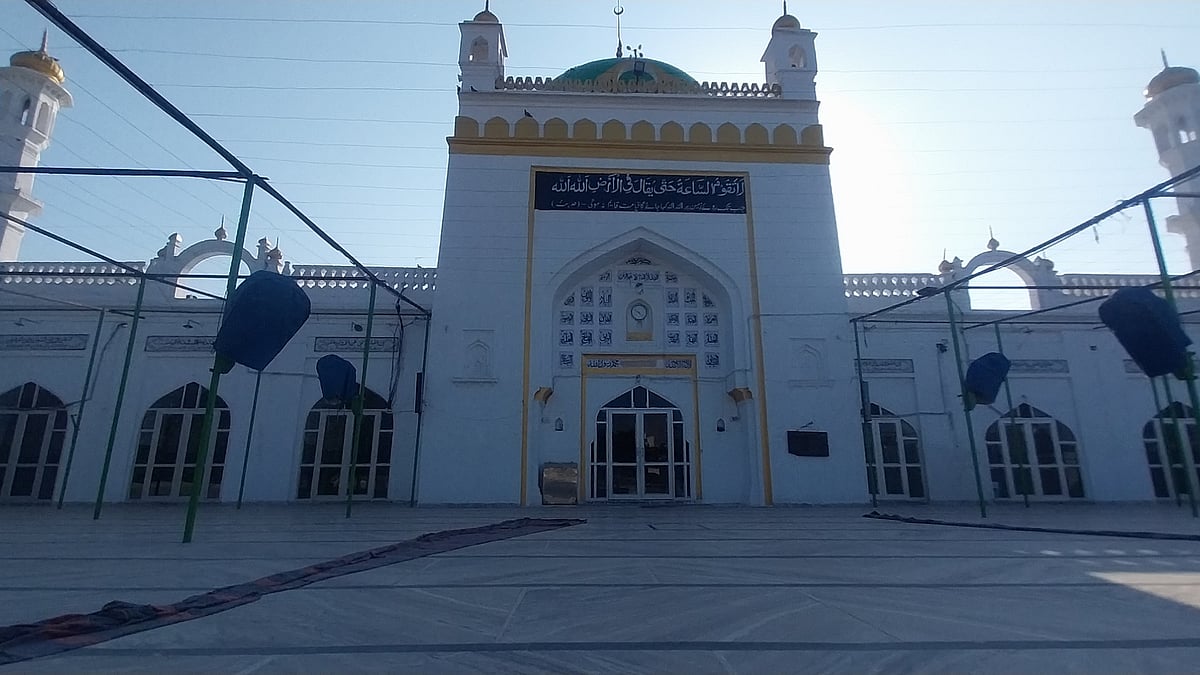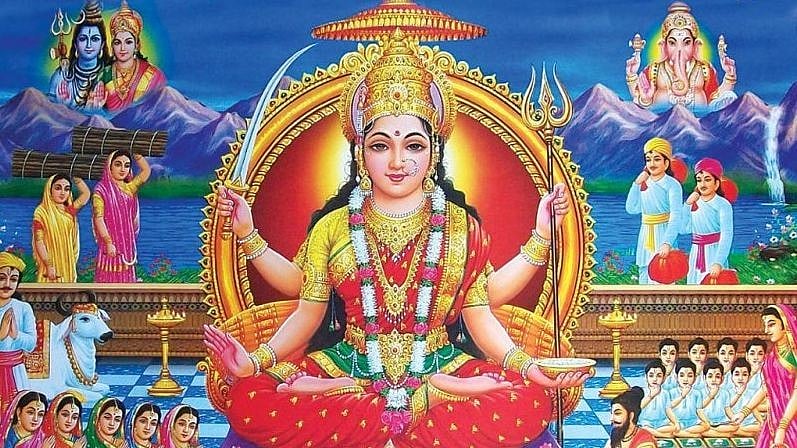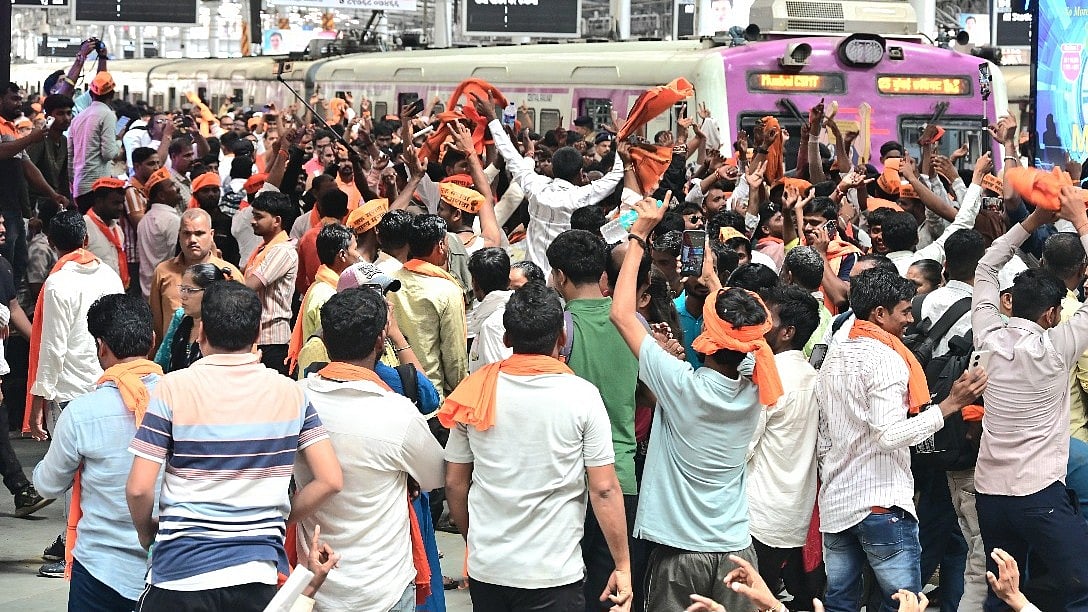She was more than three months pregnant when Safoora Zargar was arrested by the Delhi police on April 10 on charges of blocking a road and obstructing traffic. After securing a bail in that case three days later, she was re-arrested on April 13 under the provisions of the Unlawful Activities (Prevention) Act (UAPA), a stringent law that makes it nearly impossible for the accused to get bail. The police called her a ‘key conspirator’ in the riots that engulfed Delhi against the backdrop of anti-CAA protests. Implicated in a conspiracy that allegedly sparked communal violence at the end of February, Zargar was accused of delivering an inflammatory speech at Chand Bagh in North East Delhi on February 24, which has been cited as an instigation for the violence. But in reality, Zargar was part of the peaceful protest against the discriminatory Citizenship Amendment Act – an iconic protest led by women and students.
Her arrest and incarceration in Delhi’s Tihar jail provoked strong condemnation from students, activists and rights bodies. The police had opposed her bail three times and when she was denied bail by the trial court, Zargar approached the Delhi High Court. In her bail plea she had listed pregnancy as one of the grounds for seeking relief. She was granted bail last week by the High Court after the police withdrew its objection on ‘humanitarian grounds’, which Solicitor General Tushar Mehta said had nothing to do with the merits of the case. Just a day earlier, Mehta had argued that Zargar should not be granted bail as ‘the severity of her offence is in no manner mitigated by the fact of her pregnancy’. The police claimed that a ‘clear and cogent case’ had been made out against her and she was accused of ‘grave and serious offences meticulously and surreptitiously planned and executed by her’.
The 27-year-old research scholar of the Jamia Millia Islamia is a member of the Jamia Coordination Committee (JCC), a group comprising students and past alumni of the university, which was formed in protest against the CAA. Another JCC member and Jamia student, Meeran Haider, was also booked under UAPA in a case related to the communal violence in Delhi. Zargar’s more than two and half months old ordeal raises fundamental questions about basic principles of law. Was it right to compel an accused to seek bail on humanitarian grounds when the cardinal principle of criminal justice – ‘presumption of innocence until proven guilty’ – could have been applied in Zargar’s case? The right to life and liberty, guaranteed under Article 21 of the Constitution, offers protection against prolonged imprisonment to an under-trial. The right to life and liberty emanates from constitutional principles but in Zargar’s case the bail has been made to look like an act of sympathy.
Zargar’s bail came after a steep struggle and only because of her health condition, but others arrested in the same case have not been able to secure bail. For example, Gulfisha Fatima: she was booked for offences under the UAPA in the same FIR but was denied bail by the Delhi High Court last week. Incidentally, Gulfisha was arrested in the case on April 9, a day before Zargar’s arrest. Her name too is said to have been added to the FIR after she obtained bail in another case which did not have UAPA sections. This raises an important question: is the Delhi police relying on UAPA to keep people accused in Delhi communal violence in jail? This seems to be the pattern and is evident in the case of Zargar and Gulfisha: when they obtained bail in the original cases against them, both were re-arrested under UAPA in a second case. This is also evident in the case of Faisal Farooq who has been given bail by a session’s court last week. However, the Delhi police filed an appeal in the Delhi High Court on June 22. During the hearing, the police informed the court that Faisal has been arrested in another case on June 22. The High Court stayed Faisal’s bail.
Reports in media suggest that almost all of the Delhi riot cases the police has been investigating are based on the premise that the riots were planned by the anti-CAA protestors to coincide with US President Donald Trump’s visit to India in the third week of February. The assumption is that the anti-CAA protestors were looking for publicity and wanted to get noticed during Trump’s visit and embarrass the Indian government. The conspiracy theories floated by the police in its FIRs and charge-sheets claim that the communal riots that took place in Delhi between February 24 and 26 were part of a pre-planned conspiracy to defame the government and the country. Thus stringent sections of anti-terror law UAPA, according to a report by news portal The Wire, have been used to arrest Khalid Saifi, Ishrat Jehan, Shafi Ur Rehman, Jamia students Meeran Haider and Safoora Zargar and JNU students Natasha Narwal and Devagana Kalita.
The anti-CAA protests did not need any ‘stunt’ or publicity splash in the form of a riot to attract international attention. The CAA was widely covered and severely criticized by international media much before Trump came to India. The nationwide protests and the extent of criticism and indictments by the international community of discriminatory nature of the CAA was already an embarrassment for the Modi. Therefore, it is hard to imagine that the protestors needed to resort to a conspiracy, as the Delhi police charge-sheet envisages, to start a riot in order to generate media attention and ‘embarrass’ the government. Lastly, who stood to benefit from the riots? The death toll in the riots was 53 of which at least 35 people were said to be Muslims. The riots were largely seen as anti-Muslim, given that the minority community saw maximum economic damage and desecration of its places of worship.
Violence was counter-productive to the secular and Gandhian nature of the protests. The riots did not advance the cause of anti-CAA protests but killed them. However, attempts have been made by the Delhi police and a section of the media to link the protests that began in December 2019 with the riots that took place in Delhi two months later, while overlooking the BJP’s high-pitched communal campaign during the Delhi assembly election and open calls for violent action against the anti-CAA protestors by some of the BJP leaders.
The writer is an independent Mumbai-based senior journalist.

